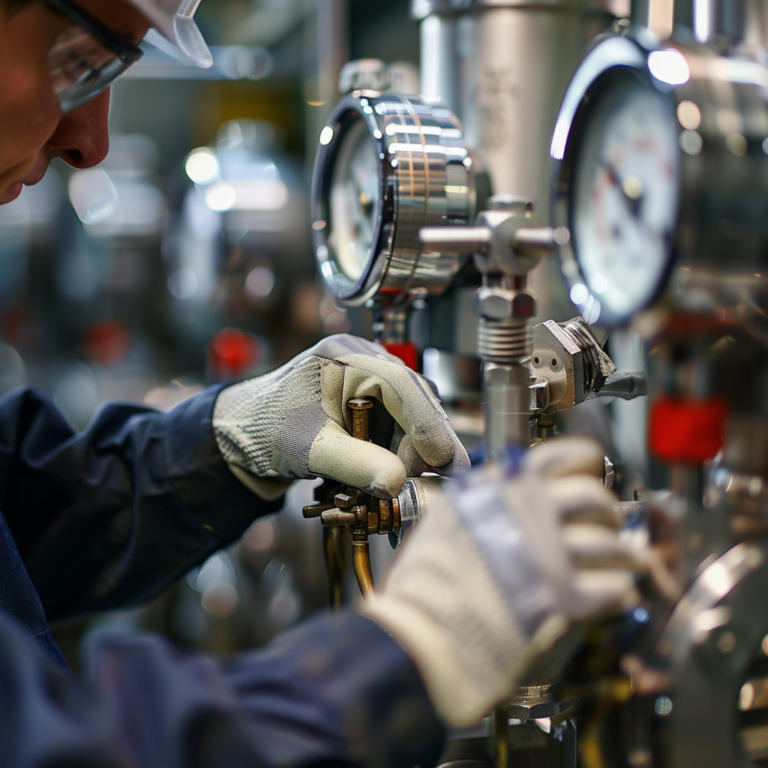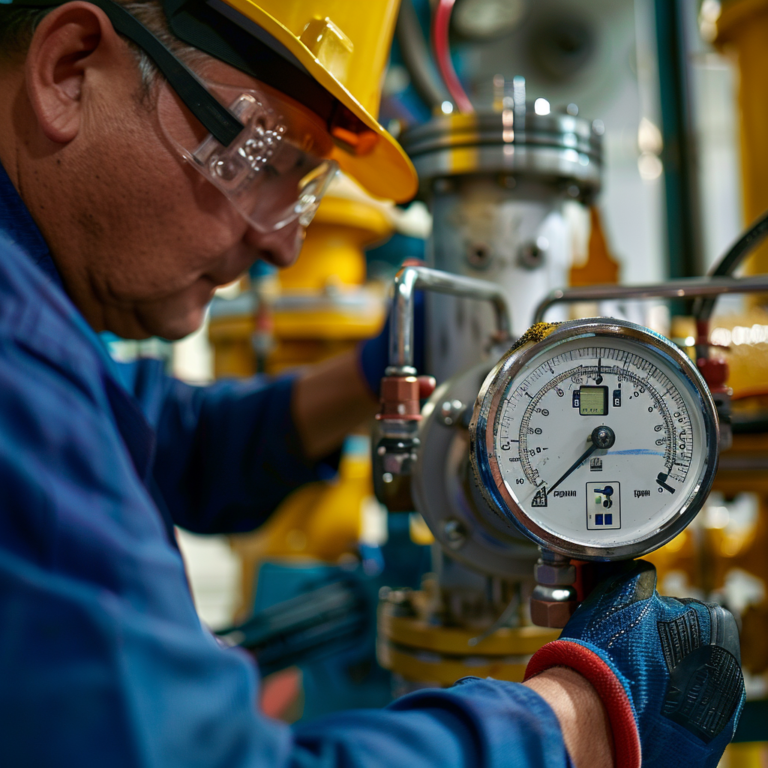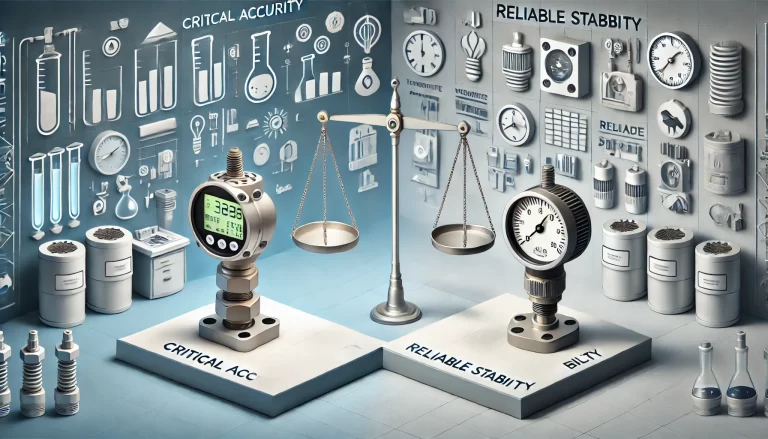When selecting a pressure transmitter, it’s common to assume that higher accuracy is always better. However, this isn’t necessarily the case. The ideal level of accuracy depends on the specific application and environment. Here are some important considerations when deciding on the appropriate accuracy for a pressure transmitter.
1. Application Requirements
- High Accuracy is Essential for Critical Applications: In industries such as laboratories, aerospace, or medical equipment, extremely precise measurements are required, and high-accuracy transmitters are crucial.
- Unnecessary Precision in Some Industries: In other fields, such as HVAC systems or general industrial monitoring, ultra-high accuracy may not provide additional value and could be overkill.

2. Cost vs. Value
- Cost of High Accuracy: Precision comes at a price. High-accuracy transmitters are more expensive, and their use in non-critical applications can increase costs without offering significant benefits.
- Right Accuracy for the Job: It is better to choose a transmitter with just the right accuracy to meet the process requirements, balancing performance and budget effectively.
3. Stability and Reliability in Harsh Conditions
- Sensitivity to Environmental Factors: High-accuracy transmitters are often more sensitive to temperature changes, humidity, and vibration. In harsh environments, this can lead to frequent errors or drift.
- Stability over Accuracy: For long-term monitoring applications, consistent performance and reliability might be more valuable than extreme precision.

4. Calibration and Maintenance
- Frequent Calibration Required: High-accuracy transmitters typically require more frequent calibration to maintain their precision. This can be a challenge in environments where maintenance resources are limited.
- Choosing Practical Options: In such cases, selecting a transmitter with slightly lower accuracy but better stability and lower maintenance needs might be a smarter choice.

Conclusion
Higher accuracy is not always better for pressure transmitters. The ideal transmitter should be selected based on the specific needs of the application, environmental conditions, budget, and maintenance considerations. For processes that only require ±1% accuracy, using a transmitter with 0.1% accuracy could be unnecessary and costly. By balancing these factors, businesses can ensure they make the most cost-effective and practical choice for their operations.
Selecting the right pressure transmitter means focusing on fit-for-purpose accuracy—not just the highest available option.
